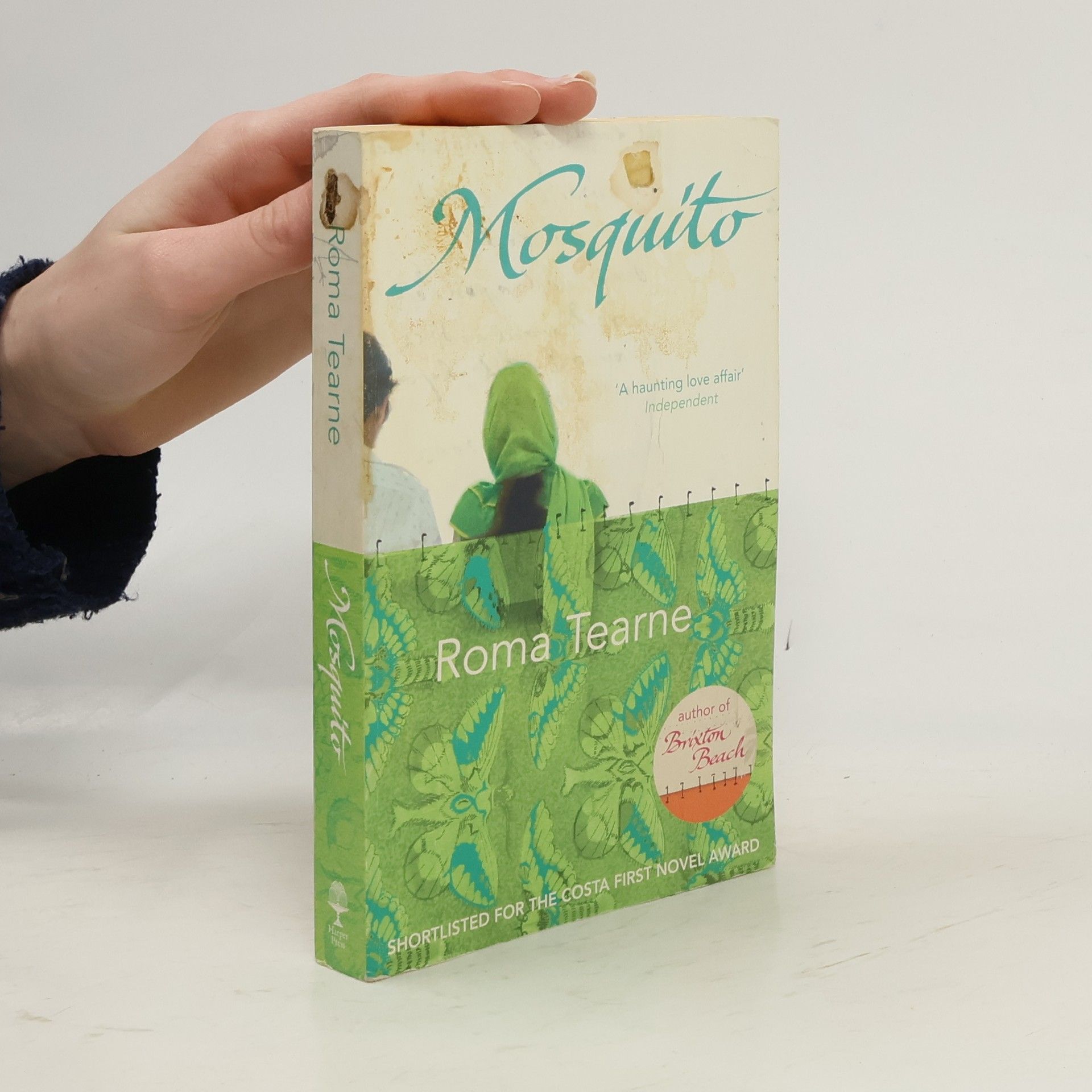Mosquito
- 256 pages
- 9 hours of reading
A lyrical and profoundly moving story of love, loss and civil war, set in Sri Lanka, London and Venice.
Roma Tearne, a Sri Lankan-born artist and writer based in Britain, delves deeply into themes of memory, loss, and migration in her work. Her artistic journey began in painting and installation, but through her engagement with museums and film projects, she has developed her exploration of the relationship between narrative and memory. Her writing, which emerged from her artistic research, focuses on the poignant issues of identity and belonging in a world shaped by historical traces. Tearne offers a unique perspective, weaving together visual artistry with literary expression to reveal the complexities of human experience.




A lyrical and profoundly moving story of love, loss and civil war, set in Sri Lanka, London and Venice.
A gripping, captivating novel about love, loss and what home really means.
This is an epic novel of love, loss and a family uprooted, set in the contrasting landscapes of war-torn Sri Lanka and immigrant London.
Exploring themes of displacement and memory, the narrative centers on a collection of photographs and artefacts from an anonymous donor, representing the lost possessions of individuals uprooted by circumstances like war or migration. The protagonist, drawing from Tearne's own experiences of leaving Sri Lanka during civil unrest, finds solace in creating a museum to house these items. This collection symbolizes the universal search for belonging and the emotional weight of lost memories, offering a sense of rest for those who have left their pasts behind.